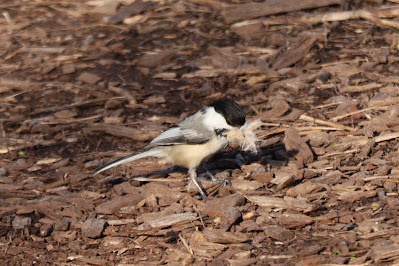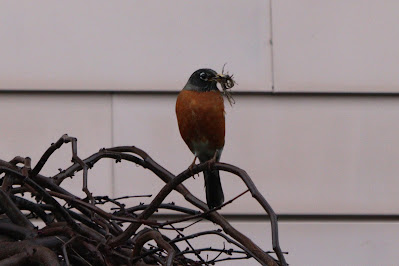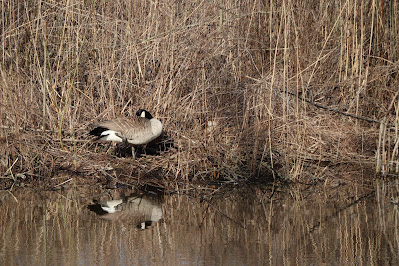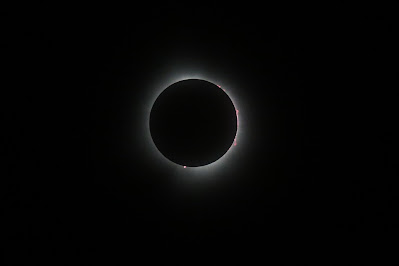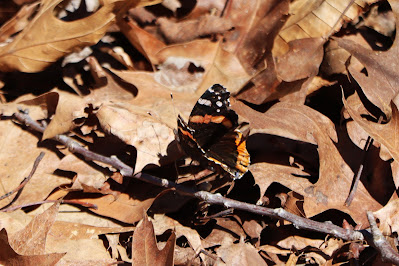First Canadian Record!!
When I photographed this lichen back in December, I wasn't able to identify the species. I uploaded the photo to iNaturalist and it took a few months to be noticed. I was contacted in March by a Botanist/Lichenologist who works for the Ministry of Natural Resources and Forestry. He asked if I would show it to him in April when he visited South-western Ontario for some field work.
On Friday April 19th, he and a colleague came to Lambton County where identification was confirmed as a Slender Orange-bush Lichen! It is the first record in Canada! He wanted to get some genetic information and cut a tiny sample in hopes of learning a little bit about the history of this plant. The sample will be sent to a lab in Alberta. The Lichen typically grows along the north shore of the Gulf of Mexico from Texas, Tennessee and Georgia. Other lichen species from the south have traveled north on landscape trees purchased at nurseries. However, this lichen (approximately 2 years old) was unexpectantly growing on a well established barberry bush.
I will continue to check on the lichen in the coming months and will report any changes to the Lichenologist. Hopefully fruiting bodies will be visible later in the year!
A friend asked me to inquire about local lichens that fluoresce under UV light. The Elegant Sunburst Lichen was suggested as a local example. I'm not sure which Sunburst lichen species is in the photo but I decided to give it a try.
Later that day, I shone my UV light and got this image! I will definitely be checking for lichens at night with my light ! Seems like a great idea for future moth watch nights!














